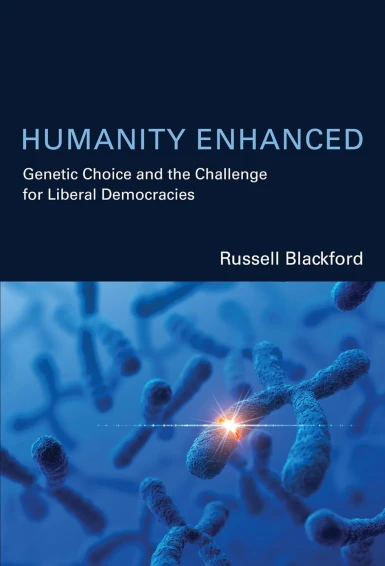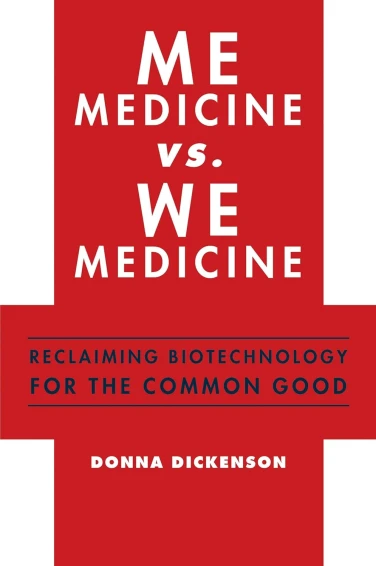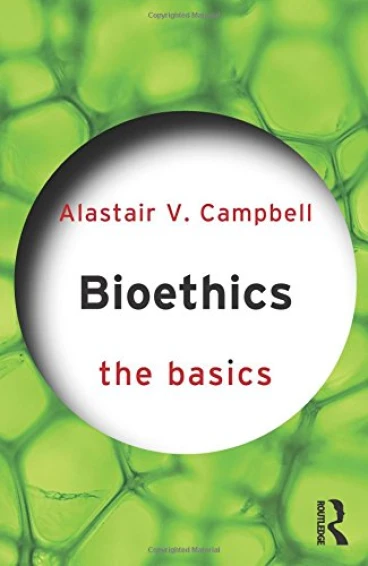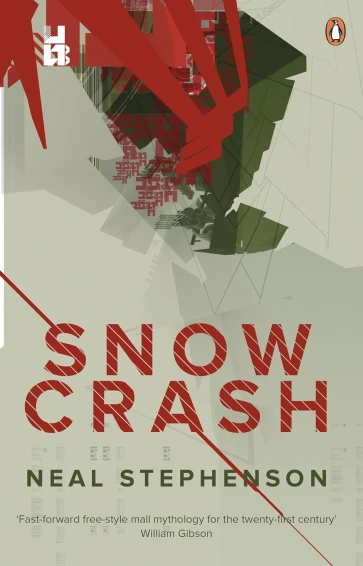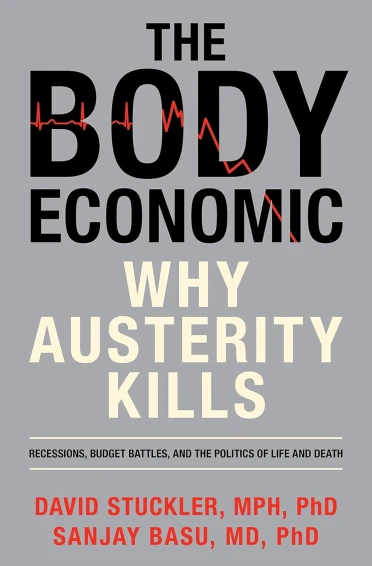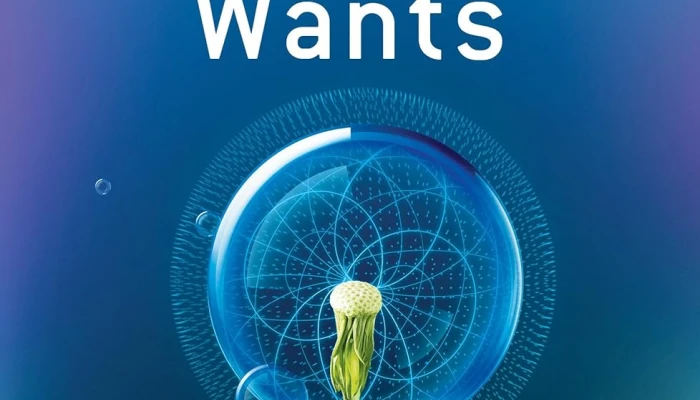
By Kevin Kelly
Viking, New York: 2010
ISBN: 978-0-670-02215-1
RRP: £17.00
416 pages
Famed as the founder of Wired magazine and as an influential thought leader on all matters future related, Kevin Kelly's latest book, What Technology Wantscertainly helps to provoke discussion about the way in which technology is shaping and influencing our lives both in terms of today and into the future. There are plenty of controversial ideas and proposals to help engender debate and discussion but it is perhaps the ease in which Kelly can help draw our thinking to the big picture which gives the book its appeal and value. By joining the dots together, Kelly helps to map the landscape of where we find ourselves currently in order to respond to and understand where we are going.
Structure
The book consists of fourteen chapters, divided into four sections, 'Origins’, ‘Imperatives’, ‘Choices’ and ‘Directions’. Kelly’s writing style is easy to engage with, developing ideas clearly without assuming too much or too little. Where appropriate, relevant graphs and tables of data are given to good effect. The annotated reading list at the back of the book is particularly helpful in providing the reader with some signposts as to where to go next in terms of further reading and study. From reading the book, I probably have more questions than I have answers but I do find myself all the more enthused to engage with and explore the subject with more vigour. In that regard the book acts as an excellent text for group discussion, for discussion and exchanging of ideas and viewpoints it will certainly provoke! For anyone who is interested in the pace and direction of new technologies this book is a must-read, appealing to those from a science and technology background as well as the social scientist, ethicists and philosopher. It will encourage you by justifying the case for engaging with these questions in the first place and provoke you to think longer, deeper and wider in terms of your response. Sections two and three of the book are worth buying the book alone due to the skill in which Kelly tracks and examines the advance of technology through history.
The technium
The key idea which underpins the book’s message is the idea of the ‘technium’; something different to mere technology which in Kelly’s thinking is but one manifestation of an idea as a useful tool in today’s society. Rather, the term ‘technium’ refers to the "global, massively interconnected system of technology vibrating around us" (p.11), the reach of which is not limited to items of hardware. To Kelly, technology acts and evolves in a way similar to biology leading to him to posit that the technium should be regarded as the seventh kingdom of life evolving out of humans (alongside that of Animalia, Plantae, Fungi, Protista, Archaea and Bacteria). To be clear, Kelly is not arguing that technology is alive in a living, breathing kind of way but by comparing and contrasting trends in technological advancement with trends in advancements from the field of biology, he argues for an understanding of technology advancing in a logical and in some degree, predictable pattern. Take for example new devices or tools that have significant impact on our lives. They are hardly ever used for the purpose they were originally designed for. They have evolved and adapted in unknown and unexpected ways: a key trait of the technium.
Succinctly, in terms of the answer to the question the title of the book alludes to, technology wants to keep advancing and moving forward, providing us with the necessary tools to adapt technology for our own needs. Citing Moore’s Law, Kelly echoes the sentiments of Ray Kurzweil and the singularity (although he considers it a brand new myth for our age which nevertheless carries considerable influence) that technology is rapidly advancing at an exponential rate but also identifies three forces at work. First, the concept of preordained development which understands technology to be designed to always be evolving and improve itself. Secondly, the influence of technology’s history recognising that what has been, influences the present shapes the future. Third, the free will of the people, that as a result of the choices we make in terms of how we use technology, determines what technology becomes.
Matrix or Meltdown?
The appeal of the book can be found in the fact that Kelly does not appear to be either a technophobe or technophile but seems to walk a line somewhere in between. It would be very easy to read the opening section of the book, ‘Origins’, as clearly being rooted in the Kurzweil camp, with aspirations for a future espoused by the movie trilogy The Matrix and the imminent merger of Man and Machine just round the corner. Talk of technology as a force, possessing a “noticeable measure of autonomy” (p.13) to be considered “as our extended body” (p.44) given that we are “now symbiotic with technology” (p.37). Yet this is tempered by the beginning and end sections of the book which give understanding to the march of technology, both positive and negative, identifying the benefits as well as the trade-offs. For example, he cites some examples of how people should step back and withstand the advances of technology in order to assess and reflect the path it is trying to take us down. Drawing upon the example of the Amish who resist the lure of technology per se but chose to adopt and adapt the technology which suits them. On that note, Kelly’s exploration of the Amish Hackers is a very interesting and informative read, providing a refreshing narrative and perspective on the Amish community and the modern world which is not always heard and runs in contrast to the more traditional ‘luddite’ slant. Kelly does not adopt an amoral stance on technology but is clear in his belief that every technology has its weaknesses as well as its strengths. In just the same way a technology could offer great potential benefits when harnessed for good, it can also pose great harm when harnessed in the opposing manner. In essence, Kelly is saying that the greater the promise of a new technology, the greater its potential harm (p.246). Whilst this reflection is not new it is refreshing to see it so readily acknowledged in the course of a discussion of technology and the future.
Developing this idea further but shifting focus to more controversial matters, Kelly delves into and explores Ted Kaczynski’s, the Unabomber, manifesto by setting it up as an example which skilfully encapsulates the idea of technology influencing our lives and the case to resist the technium’s power over our lives. Reassuringly, Kelly clearly condemns the violent nature of the Unabomber but highlights the value and truth that can be found in his writings which calls for humanity to retain its humanness in the face of the rapid advances in technology and the influence it seemingly exerts over us. Whilst he shows support for the notion that technology “robs us of our humanity and steals our children’s future” (p. 213) he also critiques this position which far from contradicting himself, helps to offer some way of navigating a way forward between these two points of view. Technology is advancing but we still have a valuable part to play in helping to channel its advancement and evolution thereby helping to open up new possibilities and expanding our humanness. “The technium expands life’s fundamental traits and in so doing it expands life’s fundamental goodness...Technology amplifies the mind’s urge towards the unity of all thought, it accelerates the connections among people, and it will populate the world with all conceivable ways of comprehending the infinite” (p. 359).
In summary, Kelly’s take is that the technium is evolving and developing and as such there is very little we can do to stop or restrict it outright. Instead, we should seek to embrace it thereby reducing its negative effects or counter the negative outcomes by shaping it in order to create better technology through our engagement and participation with it.
Conclusion
I rather like the thinking presented in What Technology Wants. Its acts as a refreshing counter balance to much of what Kurzweil and associates are advocating of a complete assimilation of Man and Machine by identifying how our engagement with technology has a role to play. Whilst I may not agree with all or question parts of Kelly’s thesis I do think he is onto something, largely encouraging us to take a step back, appreciate the bigger picture to then join the dots as to what is really going on. The idea of the technium is pivotal to this and has much to offer in shaping and directing future conversations on this topic. I suspect What Technology Wants will become a book which will be referred to again and again in the course of the coming years. To refer to it as a landmark text maybe a little too grandiose but without doubt it does provide a platform upon which to reflect, take stock and assess our relationship with technology in a way which has not been done previously. In so doing it will provoke debate and garner praise and criticism across the board. Whether or not the future will unfold in the biological pattern Kelly predicts will remain to be seen but the ideas and perspective he offers certainly resonate with the current conversation and help to return us to some of the key points which help to frame the question, namely our relationship and engagement with technology.




